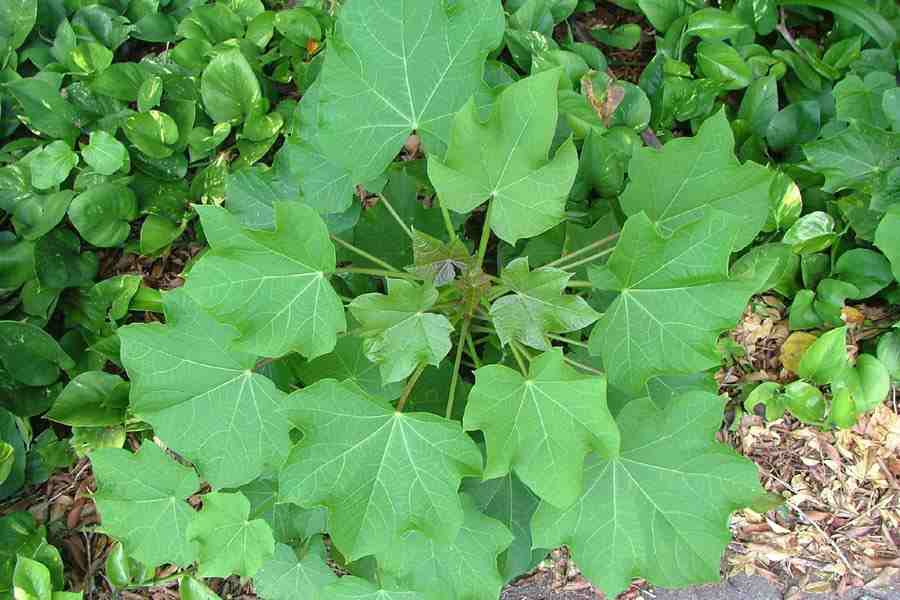
M2 Capital Sdn. Bhd
Add a reviewOverview
-
Sectors Online Marketing
-
Posted Jobs 0
-
Viewed 27
Company Description
Jatropha a Viable Alternative Renewable Energy
Constantly the biodiesel industry is searching for some option to produce renewable energy. Biodiesel prepared from canola, sunflower and jatropha can replace or be combined with traditional diesel. During very first half of 2000’s jatropha biofuel made the headings as a preferred and promising option. It is prepared from jatropha curcas, a plant species belonging to Central America that can be grown on wasteland.
Jatropha Curcas is a non edible plant that grows in the arid regions. The plant grows really rapidly and it can yield seeds for about 50 years. The oil got from its seeds can be used as a biofuel. This can be blended with petroleum diesel. Previously it has actually been used twice with algae mix to fuel test flight of airlines.
Another favorable approach of jatorpha seeds is that they have 37% oil content and they can be burned as a fuel without improving them. It is likewise used for medical function. Supporters of jatropha biodiesel state that the flames of jatropha oil are smoke totally free and they are successfully checked for simple diesel engines.
Jatropha biodiesel as Renewable resource Investment has actually brought in the interest of numerous business, which have evaluated it for vehicle use. Jatropha biodiesel has been roadway checked by Mercedes and 3 of the automobiles have actually covered 18,600 miles by utilizing the jatropha plant biodiesel.
Since it is since of some disadvantages, the jatropha biodiesel have not thought about as a fantastic sustainable energy. The biggest problem is that no one knows that what precisely the productivity rate of the plant is. Secondly they don’t understand how big scale growing may affect the soil quality and the environment as a whole. The jatropha plant requires five times more water per energy than corn and sugarcane. This raises another concern. On the other hand it is to be kept in mind that jatropha can grow on tropical climates with annual rainfall of about 1000 to 1500 mm. A thing to be kept in mind is that jatropha requires correct watering in the first year of its plantation which lasts for years.

Recent survey says that it holds true that jatropha can grow on degraded land with little water and poor nutrition. But there is no proof for the yield to be high. This may be proportional to the quality of the soil. In such a case it may need high quality of land and may need the exact same quagmire that is faced by the majority of biofuel types.
Jatropha has one primary downside. The seeds and leaves of jatropha are toxic to humans and animals. This made the Australian government to prohibit the plant in 2006. The federal government stated the plant as intrusive species, and too dangerous for western Australian farming and the environment here (DAFWQ 2006).
While jatropha has promoting budding, there are variety of research remain. The significance of detoxification has actually to be studied because of the toxicity of the plant. Along side a systematic study of the oil yield need to be carried out, this is really essential since of high yield of jatropha would most likely needed before jatropha can be contributed considerably to the world. Lastly it is also really important to study about the jatropha types that can endure in more temperature level climate, as jatropha is quite restricted in the tropical climates.
